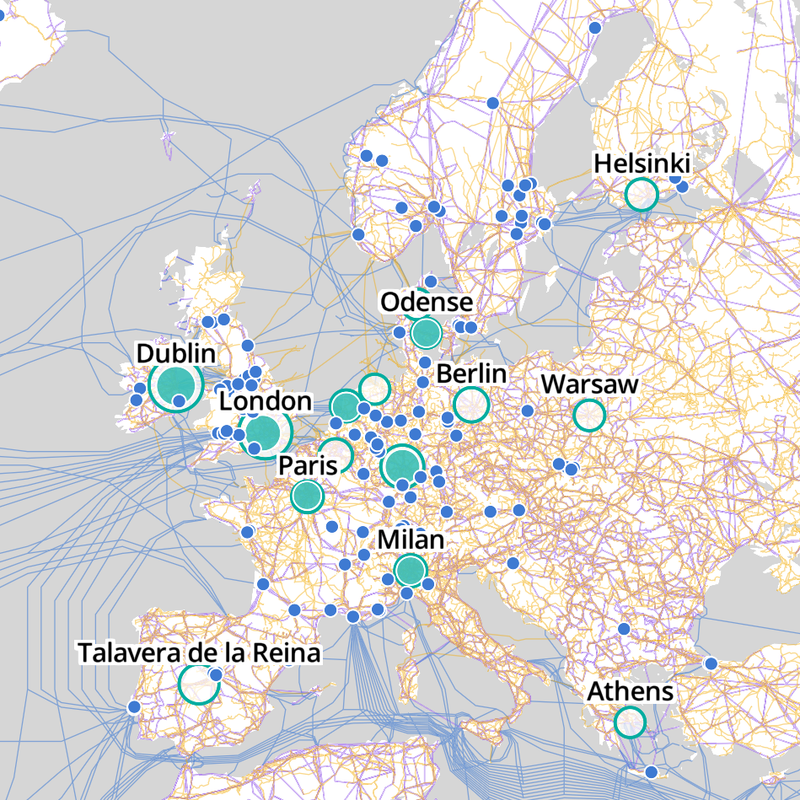Trump’s AI Action plan: European reflections
The American AI Action Plan pushes for “global dominance”, and the EU should follow suit where possible, particularly with regulatory feedback loops and stronger military AI capacity at the Member State level.
Yesterday, the US published its long-awaited AI Action Plan, aiming to “achieve global dominance in artificial intelligence”. We’ve already seen initial reactions from some Europeans who are nervously eyeing references to “full stack AI exports” and the ambition to “lead international AI security and diplomacy” viewing it as a threat to European digital sovereignty and influence. Others are saying Europe should “learn from Trump” on how to realistically empower the AI industry.
We won’t dive into the values debate between the US and Europe or question the European regulatory approach - much has already been said. However, the EU could still take a few cues from Trump’s AI Action Plan before its own “Apply for AI” strategy becomes reality. While institutional and legal differences between the EU and the US are vast, some ideas remain universally applicable.
Apples and oranges & limited European resources
In reality, comparing European and American AI action plans is like comparing apples to oranges. The US already has a strong AI industry and is focused on enhancing it by cutting red tape, strengthening the energy grid, and facilitating AI adoption across industries, government, and the workforce.
Meanwhile, Europe still has to build much of this from the ground up: develop compute capacity, balance privacy concerns with data accessibility, support potent scaleups and unicorns (while often simultaneously raising their taxes and wanting to restrict acquisitions by foreign entities), apply AI across sectors, and somehow make the chips IPCEIs work while making sure the Americans are not too strict on their own chip exports to Europe. All of this must be done while managing expectations from a wide range of political groups, some of which prioritize environmental or ethical concerns at the expense of accelerating European AI development.
However, not everyone agrees that the EU should focus its energy and resources on trying to outcompete companies that are already far ahead in terms of infrastructure, especially now, as U.S. infrastructure capacity is being freed from internal regulatory constraints and poised to scale rapidly.
Some argue Europe should focus instead on the application and software layer. Down-to-earth European business leaders, like SAP CEO Christian Klein, have pointed out that Europe’s hyperfocus on the infrastructure layer may be misplaced and that attention should shift to where real value and impact can be created:
“I would not compete with the companies that did a great job, like the United States or China, the AI race is not decided yet on the software layer. There is so much demand there. The chips are there, there is also not a lack of data centers, sovereignty is a familiar artificial discussion here. Where the race is not decided yet is who now develops the best AI use cases for our life science industry here in Europe, who develops the best AI use cases for logistics, for manufacturing. This is now starting, because what happened is that innovation on the infra, LLM layer, but now finally you can develop new innovation on the AI, on the software layer, and this is where it also matters for Europe”.
Red tape cuts and feedback from businesses
One of the lightest elements of the European AI Continent Action Plan relates to red-tape reduction. So far, the focus is mostly on targeted simplification of existing regulation and compliance assistance for European AI innovators, mainly through an “AI Service Desk".
The upcoming European AI regulatory sandboxes, while frequently highlighted in political speeches, currently offer limited real support for innovators. This is not because Member States lack creativity, but because the European Commission’s guidelines leave little room for flexibility. For example, innovators participating in sandboxes are unlikely to receive legal exemptions from core obligations under the GDPR or the AI Act. There’s a real risk these sandboxes will become little more than compliance workshops/spaces for explaining how to follow the AI Act, rather than enabling real innovation.
By contrast, Pillar 1 of Trump’s AI Action Plan focuses on accelerating AI innovation and lists “removing red tape and onerous regulation” as its top priority.
This is one area where the EU could learn from the U.S. and adapt the approach in its own, likely more complex but still impactful, way. The EU should consider creating a mechanism that allows businesses to continuously flag regulatory obstacles to AI innovation and adoption. A single empowered agency (or a strengthened existing body) could then respond quickly to signs of overregulation or “gold plating,” both within EU institutions and across Member States.
Right now, aside from occasional consultations and surveys (often with questionable methodology), there are few formal tools for companies to be heard. Advisory bodies usually have limited influence. The European AI Board, currently focused on implementing the AI Act and coordinating AI adoption across the EU, could be given this task, or a new unit could be created for that purpose.
Trump provides three mechanisms to cut red tape that stand out:
- Target regulations that hinder AI innovation. Create a “request for information from businesses and the public at large about current Federal regulations that hinder AI innovation and adoption, and work with relevant Federal agencies to take appropriate action”.
- Power to identify/revise/repeal regulations that hinder AI development or deployment. Enable the Office of Management and Budget (OMB) to lead all Federal agencies to “identify, revise, or repeal regulations, rules, memoranda, administrative orders, guidance documents, policy statements, and interagency agreements that unnecessarily hinder AI development or deployment”. Imagine if we had a similar body in the EU, which would have the power over all DGs and Commissioners, and the Member States alike.
Defense and AI
Aside from theoretical debates around AI adoption in the military, sovereignty, and ethical concerns (and let’s be honest - until there’s a global agreement, no major power with real military capabilities is going to disarm voluntarily), many European armies are only now beginning to build dedicated in-house cybersecurity units. That focus must now extend to AI, and there’s a lot European individual Member States can learn from the U.S.
Europeans may have mixed feelings about using services from American tech companies, but countries like Russia are actively developing military AI systems in close cooperation with China without any concern of losing face or appearing “too dependent” on their partners.
Examples to look at from Trump’s plan for the US Department of Defense:
- AI talent for defense. “Identify the talent and skills DOD’s workforce requires to leverage AI at scale. Based on this identification, implement talent development programs to meet AI workforce requirements and drive the effective employment of AI-enabled capabilities.”
- Testing. “Establish an AI & Autonomous Systems Virtual Proving Ground at DOD, beginning with scoping the technical, geographic, security, and resourcing requirements necessary for such a facility”.
- Automation of workflows. “Develop a streamlined process within DOD for classifying, evaluating, and optimizing workflows involved in its major operational and enabling functions, aiming to develop a list of priority workflows for automation with AI. When a workflow is successfully automated, DOD should strive to permanently transition that workflow to the AI-based implementation as quickly as practicable”.
- AI research, development and talents hubs at Military colleges. “Grow our Senior Military Colleges into hubs of AI research, development, and talent building, teaching core AI skills and literacy to future generations. Foster AI-specific curriculum, including in AI use, development, and infrastructure management, in the Senior Military Colleges throughout majors”.







